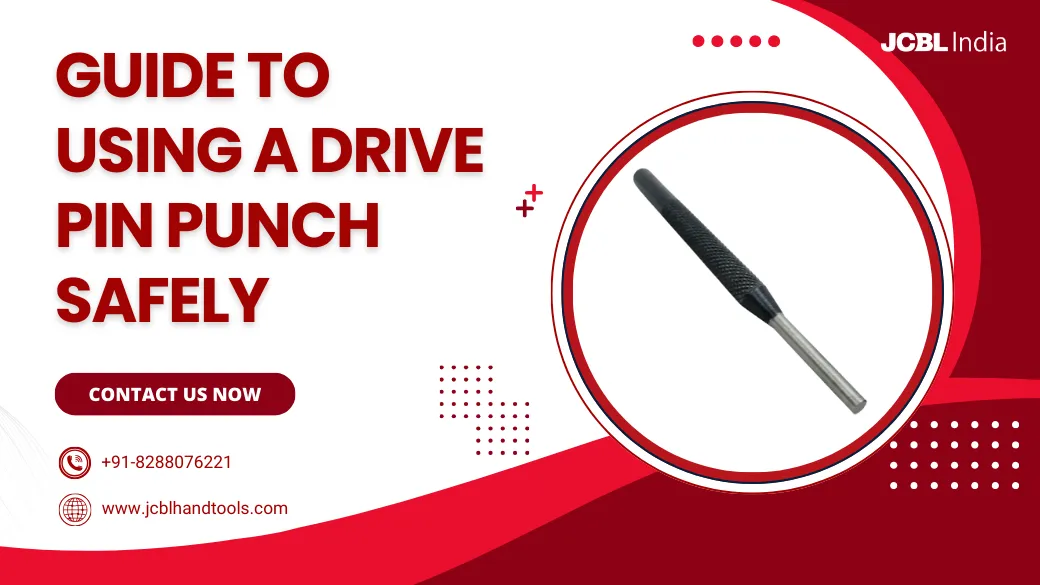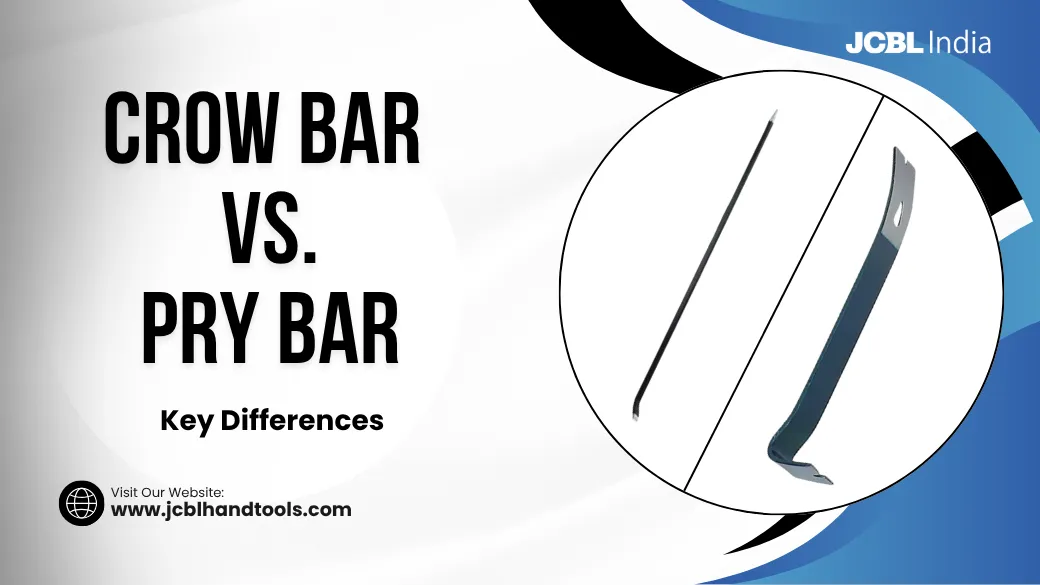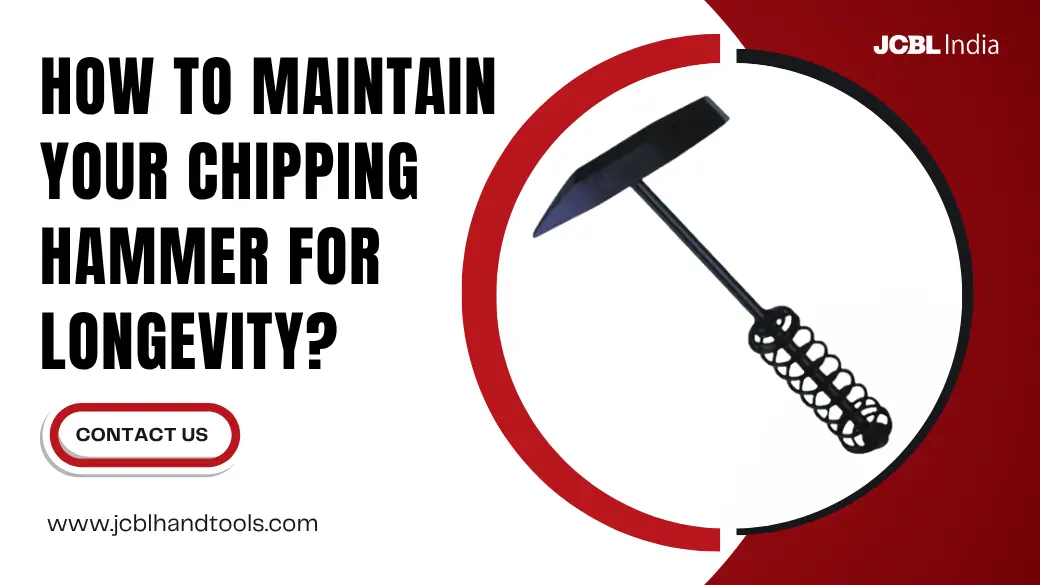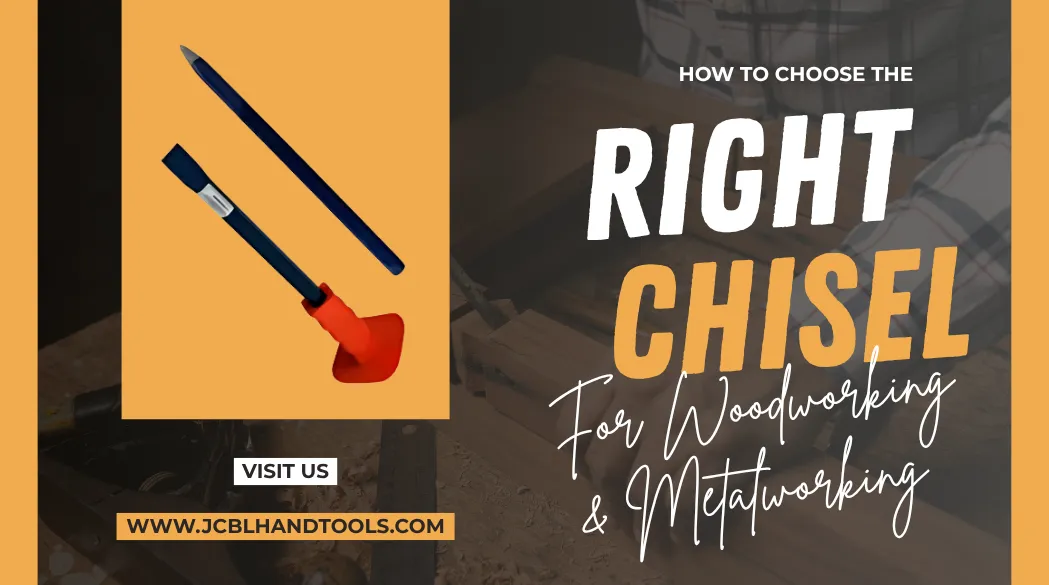Category: Striking Tools

How to Choose the Right Crow Bar: Size & Type GuideHow to Choose the Right Crow Bar: Size & Type Guide
Crowbars may seem like a basic tool, but their power, versatility, and engineering make them indispensable in both professional and DIY toolkits. Whether you’re prying apart wooden crates, lifting stubborn [...]

Guide to Using a Drive Pin Punch SafelyGuide to Using a Drive Pin Punch Safely
When it comes to precision work in mechanics, gunsmithing, automotive repairs, or even DIY projects, one tool that often plays a quiet yet critical role is the drive pin punch. [...]

Crow Bar vs. Pry Bar: Key DifferencesCrow Bar vs. Pry Bar: Key Differences
Whether you enter a workshop, construction site, or garage of a DIY enthusiast, you’re bound to find a crowbar or a pry bar—or maybe both. While these tools often look [...]

How to Maintain Your Chipping Hammer for Longevity?How to Maintain Your Chipping Hammer for Longevity?
A chipping hammer is one of the most valuable striking tools for professionals working in construction, fabrication, shipbuilding, and metalworking. Whether you’re removing slag, cleaning welds, or chipping concrete, this [...]

How To Choose The Right Chisel For Woodworking & MetalworkingHow To Choose The Right Chisel For Woodworking & Metalworking
Whether you’re carving intricate wooden details or shaping solid blocks of metal or masonry, the right chisel can make all the difference. A chisel is not just a tool—it’s a [...]

Club Hammer vs. Sledge Hammer: Key DifferencesClub Hammer vs. Sledge Hammer: Key Differences
When it comes to tough jobs like breaking concrete, driving chisels, or demolition work, choosing the right hammer isn’t just a matter of preference—it’s a matter of performance, safety, and [...]

Brick Bolster Chisel vs. Masonry Chisel: Key DifferencesBrick Bolster Chisel vs. Masonry Chisel: Key Differences
Chisels are vital hand tools in woodworking, masonry, joinery and crafting due to their ability to precisely cut, carve and shape hard materials. You can cut and carve hard materials [...]

Cross Pein Hammer Vs Ball Pein Hammer: What’s The Difference?Cross Pein Hammer Vs Ball Pein Hammer: What’s The Difference?
Hammers are the most commonly used and easy-to-operate striking tools in home maintenance, construction, and other industries. These have a wide array of applications, from driving nails, straightening, bending, and [...]

Claw Hammer Vs Ball Pein Hammer: A Complete GuideClaw Hammer Vs Ball Pein Hammer: A Complete Guide
A hammer is one of the basic hand tools used by professionals and DIYers in home repairs, maintenance tasks, etc. It is one of the most versatile tools that comes [...]

What Are The Safety Rules For Handling Striking Tools?What Are The Safety Rules For Handling Striking Tools?
Safety is of the utmost importance while working on projects, whether small tasks like driving nails or heavy-duty projects. Striking tools, including hammers and chisels, have wide applications in construction, [...]

Wrecking Bar Vs. Pry Bar: How Are They Different?Wrecking Bar Vs. Pry Bar: How Are They Different?
Imagine working on a home renovation project and dealing with tough demolition tasks or delicate prying tasks. In such situations, it is important to have the right tools to make [...]

A Guide To Types Of Chisels and Their UsesA Guide To Types Of Chisels and Their Uses
From metalworking to woodworking and home improvement, chisels are one of the important tools across many industries. Professionals and DIY enthusiasts use them due to their precision, adaptability, and durability. [...]
